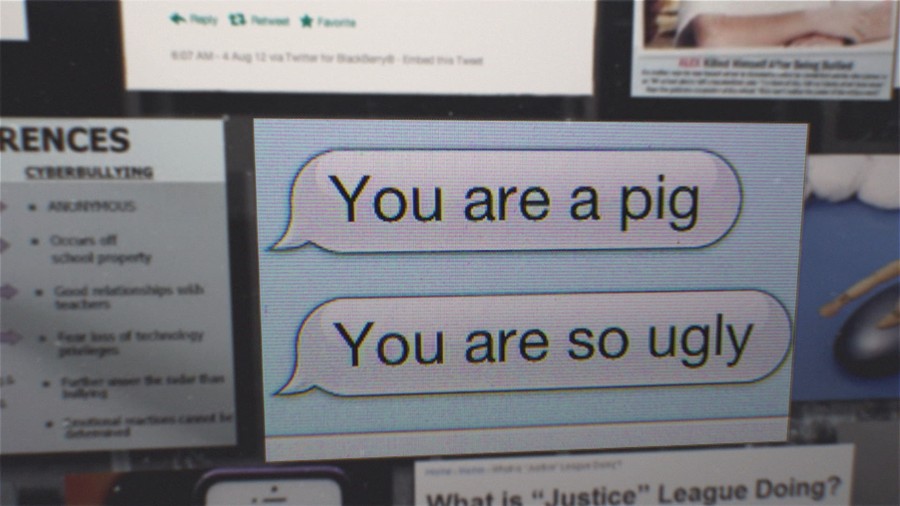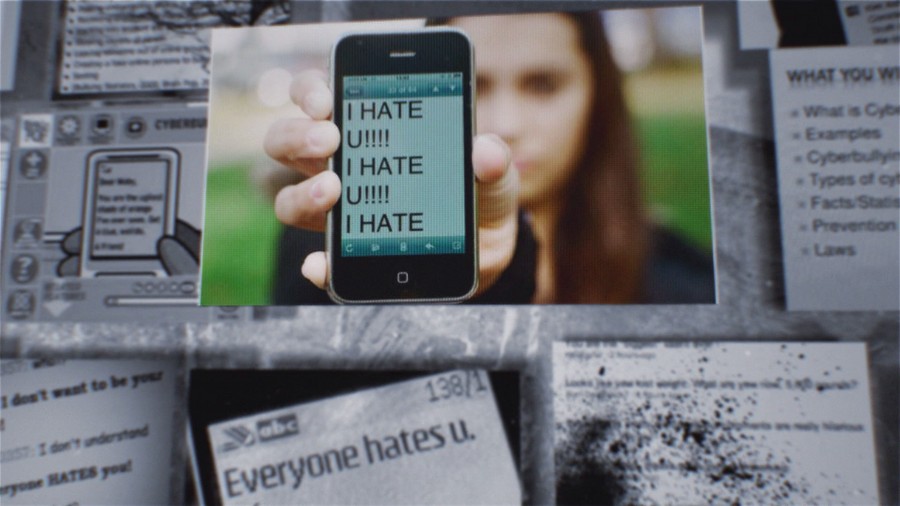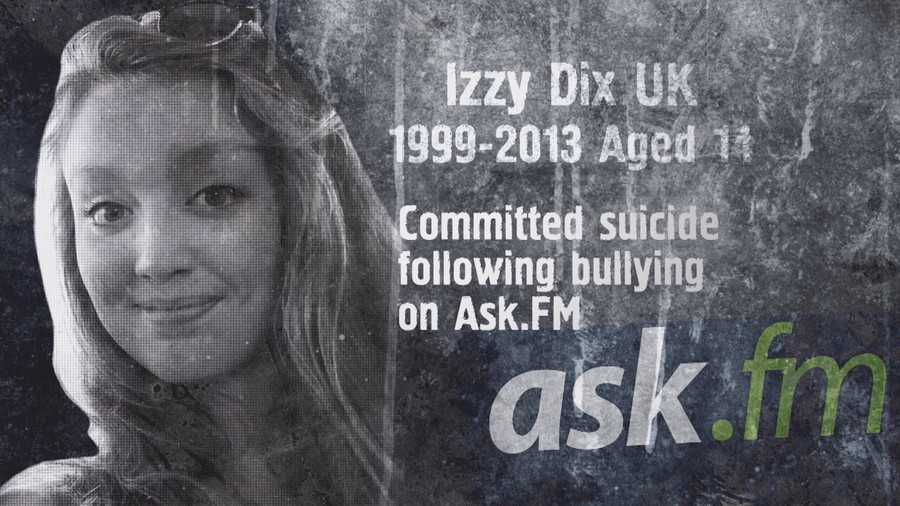How to stop cyber bullying
Cyber bullying facts
Cyber bullying means harassing or abusing a person using the Internet or digital devices. There are various types of cyber bullying:
- Gossip: Spreading malicious rumours through social networks and text messages to damage a person’s reputation
- Imposture: gaining access to accounts to send embarrassing messages that appear to come from the victim, or assuming someone else’s identity online in order to hurt the victim.
- Harassment and Cyberstalking: Repeatedly insulting or threatening a person online or by text
- Flaming: Provocative online comments and engaging in angry arguments with others criticising the target, such as hurtful online polls.
- Revenge porn: publishing private or intimate photos or videos of the victim without their consent
Tactics of how to stop cyber bullying can vary depending on the facts and methods employed in each cyber bullying case.
 Cyber bullying statistics
Cyber bullying statistics
According to various research projects into how to stop cyber bullying conducted around the world by government organisations and charities, cyber bullying statistics are a cause for concern:
- More than 50% of teenagers have been bullied online
- Over 25% have been bullied repeatedly
- Only 1 teenager in 10 tells a parent if they have been cyber bullied
- Cyber bullying victims are more likely to suffer from low self-esteem, experience anger, frustration and consider suicide.
- Cyber bullying occurs most commonly in chat rooms, on social networks, via email and Instant Messaging services.
 Cyber bullying stories
Cyber bullying stories
Most teenage suicides are in developed countries across the world, where most teens have access to the internet. Among the most harrowing Cyber bullying stories are;
In America, 13-year-old Ryan Halligan took his own life due to cyber and school bullying.
In the UK, 14-year-old Izzy Dix hanged herself in her home after months of being tormented by cyber bullies. After her death, a heart-wrenching poem she had written was found, addressed to the cyber bully.
In Canada, 15-year-old Amanda Todd committed suicide after being bullied at school and online. Before her death, Todd had posted a video on YouTube in which she spoke of her experience of being cyberbullied. Todd's mother set up the Amanda Todd Trust, to raise awareness of how to stop cyber bullying.
 Ways to stop cyber bullying
Ways to stop cyber bullying
Cyber bullying is a complex problem often reinforced by bullying at school and in the street.
While ways to stop cyber bullying may vary depending on the intensity and level of harassment, there are some general tips on how to stop cyber bullying:
- Teens should be encouraged to be careful with personal information and never share online their passwords, or anything else they would not wish to be made public (photos/videos/stories). Sending some information by mobile phone can leave you vulnerable too.
- If being bullied, it is best not to respond to the aggression and if possible, block the bully using privacy tool settings.
- It is a good idea to save any evidence of the Cyber bullying
- Teenagers and children need to know they can always talk to a trusted adult (parent/school counsellor)
- Parents need to be supportive and try to assess the gravity of the situation. It is important to establish whether their child is at risk of physical harm, and how they are coping with the situation emotionally. Parents’ actions should escalate in line with the emotional and physical threat to their child.
- If cyber bullying is associated with bullying at school, parents should speak to the head teacher or school counsellor.
- If a child’s personal contact information has been posted online, or the child is being threatened, parents should contact the police. It is important to save electronic evidence of the cyber bullying, so that the person responsible can be traced. To do that, parents may need to contact their Internet service provider to request that the records be preserved.